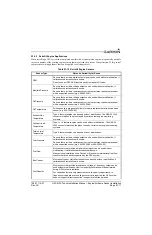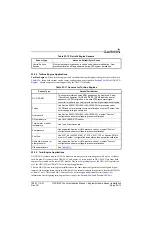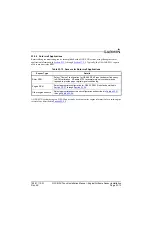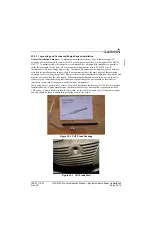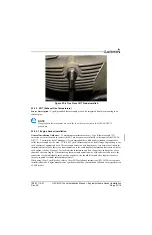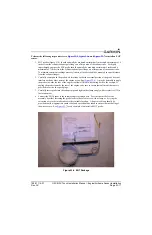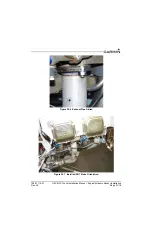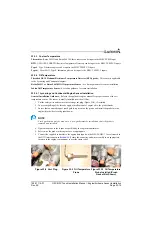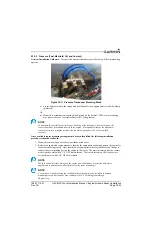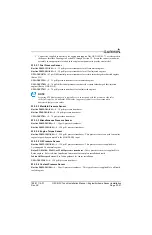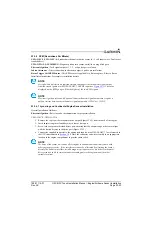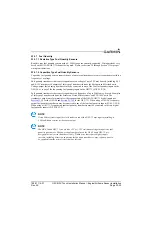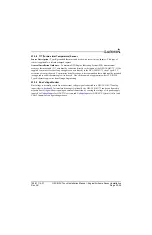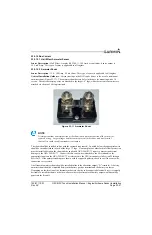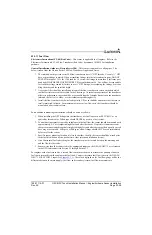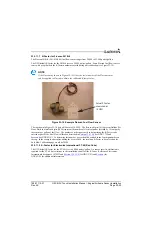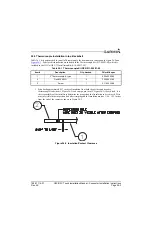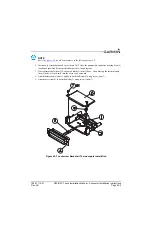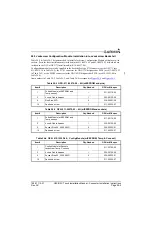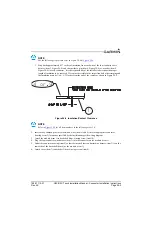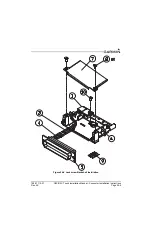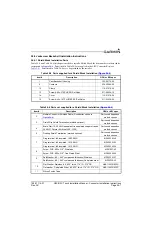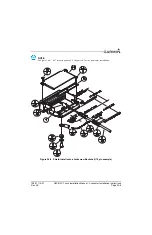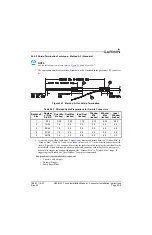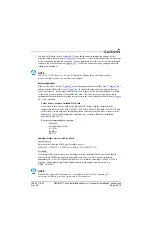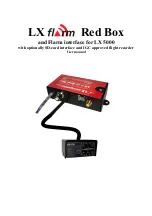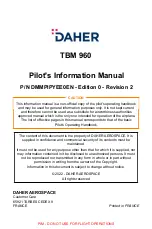
190-01115-01
G3X/G3X Touch Installation Manual - Engine/Airframe Sensor Installation
Rev. AC
Page 23-25
23.3.7 Fuel Quantity
23.3.7.1 Resistive Type Fuel Quantity Sensors
Resistive type fuel quantity sensors with a 0–500
Ω
range are currently supported. Wiring methods vary
based on the GEA 24/GSU 73 channel being used. Please see Section 29 through Section 32 for proper
wiring considerations.
23.3.7.2 Capacitive Type Fuel Quantity Sensors
Capacitive fuel quantity sensors require the use of an external transducer to convert capacitance to either a
frequency or a voltage.
Fuel quantity transducers that convert capacitance to a voltage of up to 28V may be used, including 0-5V
and 0-12V transducers. Examples of this type of transducer include the Skysports and Westach units.
Voltage-output fuel quantity transducers may be connected to any of the four fuel quantity inputs on the
GEA 24, or to any of the four analog fuel quantity inputs on the GSU 73 (FUEL 1/2/3/4).
Fuel quantity transducers that convert capacitance to a frequency of up to 50 kHz may be used. Examples
of this type of transducer include the Princeton, Vision Microsystems, and EI P-300C units. The
transducer's output waveform must meet the requirements of the GEA 24/GSU 73 digital inputs (see
for the GEA 24 and
for the GSU 73). When using a GEA 24, frequency-
output fuel quantity transducers may be connected to any of the four fuel quantity inputs (FUEL 1/2/3/4).
When using a GSU 73, frequency-output fuel quantity transducers must be connected to the two digital
fuel quantity inputs (CAP FUEL 1/2).
NOTE
Vision Microsystems capacitive level senders used with a GSU 73 may require installing a
5 k
Ω
pull-down resistor at the sensor output.
NOTE
The GEA 24 and GSU 73 can p5V or +12V excitation voltage to capacitive fuel
quantity transducers. The power supply output pins on the GEA 24 and GSU 73 are
designed for low-current transducers only. Transducers that require higher supply
currents, including Princeton capacitive fuel quantity transducers, may require power to
be supplied from the aircraft electrical bus instead.

